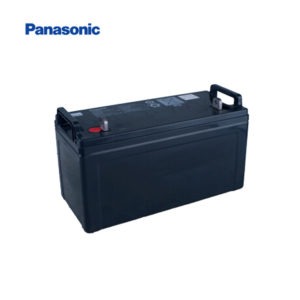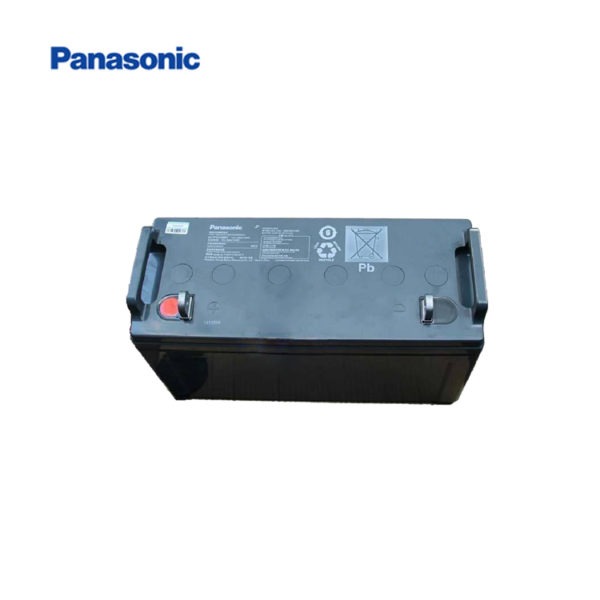Installation of valve regulated lead acid batteries

Before installing and using the battery, first read the product manual carefully and install and use it as required. During installation, pay special attention to the following aspects.
1. The installation scheme shall be formulated according to the location and conditions, such as ground load, ventilation environment, sunlight, corrosion and organic solvents, machine room layout, convenience of maintenance, etc.
2. During installation, new and old batteries shall not be mixed, and different types of batteries or batteries with different capacities shall not be mixed.
3. All batteries are 100% charged and must be operated carefully to avoid short circuit. During installation, insulating tools and insulating gloves shall be used to prevent electric shock.
4. Before installation and use, the battery shall be stored at 0 ~ 35 ℃ for 3 months. If it exceeds 3 months, the battery shall be recharged according to the standards given in the operation manual.
5. Connect the battery connection between columns, layers and panel terminals according to the specified series parallel lines. Carefully check the positive and negative polarity and measure the system voltage before installing the end connector and connecting the whole power system. And note: on the premise of meeting the design cross-sectional area, the outgoing line shall be as short as possible to reduce the voltage drop during high current discharge; When more than two groups of batteries are connected in parallel, the cable from each group of batteries to the load should be the same length, so as to facilitate the current balance of each group of batteries during battery charging and discharging.
6. When connecting the battery, the screws must be tightened, but the damage between the pole embedded copper due to excessive tightening force shall also be prevented.
7. After installation, check the system voltage and the positive and negative directions of the battery again to ensure that the battery is installed correctly.
8. Use a soft cloth soaked with soapy water to clean the battery case, cover, panel and connecting wire. Do not clean with organic solvent to avoid corroding the battery cover and other parts.
Precautions for valve regulated lead acid batteries
Valve regulated sealed lead-acid battery is also called “maintenance free battery”. Due to its convenient use, it has been widely used in power and post and telecommunications departments in recent years. However, due to lack of understanding of the characteristics of valve regulated sealed lead-acid battery, it is often scrapped in a few years, causing great losses to enterprises.
First of all, it is wrong to regard “maintenance free battery” as no maintenance. “Maintenance free battery” is only the advertising language of the manufacturer. During the use of valve regulated sealed lead-acid battery, pay attention to the temperature of the battery and the floating charge voltage at any time. If the charging equipment does not have the function of temperature compensation, it shall be corrected according to the floating charge voltage of each single battery falling by 3MV for every 1 ℃ rise in temperature.
Since the internal condition of valve regulated sealed lead-acid battery can not be observed, discharge test shall be conducted regularly during use to detect the battery capacity and avoid failing to play the role of standby power supply due to its capacity decline. It should be noted that the battery should not be over discharged during discharge. It must be recharged within 12h after discharge, otherwise it will cause permanent damage to the battery. Also pay attention to the capacity and type of valve regulated sealed lead-acid battery.
Maintenance of valve regulated lead acid batteries
Placement of valve regulated sealed lead-acid battery
Valve regulated sealed lead-acid battery does not need a special battery room, but can be installed in the same room with communication equipment. It can be stacked, combined or installed on the rack.
Frequent inspection items of valve regulated lead acid batteries
Floating charge voltage, ambient temperature.
Whether the connection is loose or corroded.
Whether the battery shell has leakage and deformation.
Whether there is acid mist overflow around the pole and safety valve.
Supplementary charge of valve regulated lead acid batteries
After the installation of the battery system, recharge the battery pack.
If the battery is put aside for more than three months, recharge the battery pack.
Discharge of valve regulated lead acid batteries
Check discharge test shall be conducted once a year based on the actual load to discharge 30% – 40% of the rated capacity.
The capacity test shall be conducted once every three years and once a year after six years of use.
